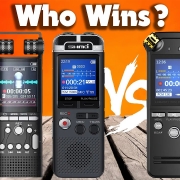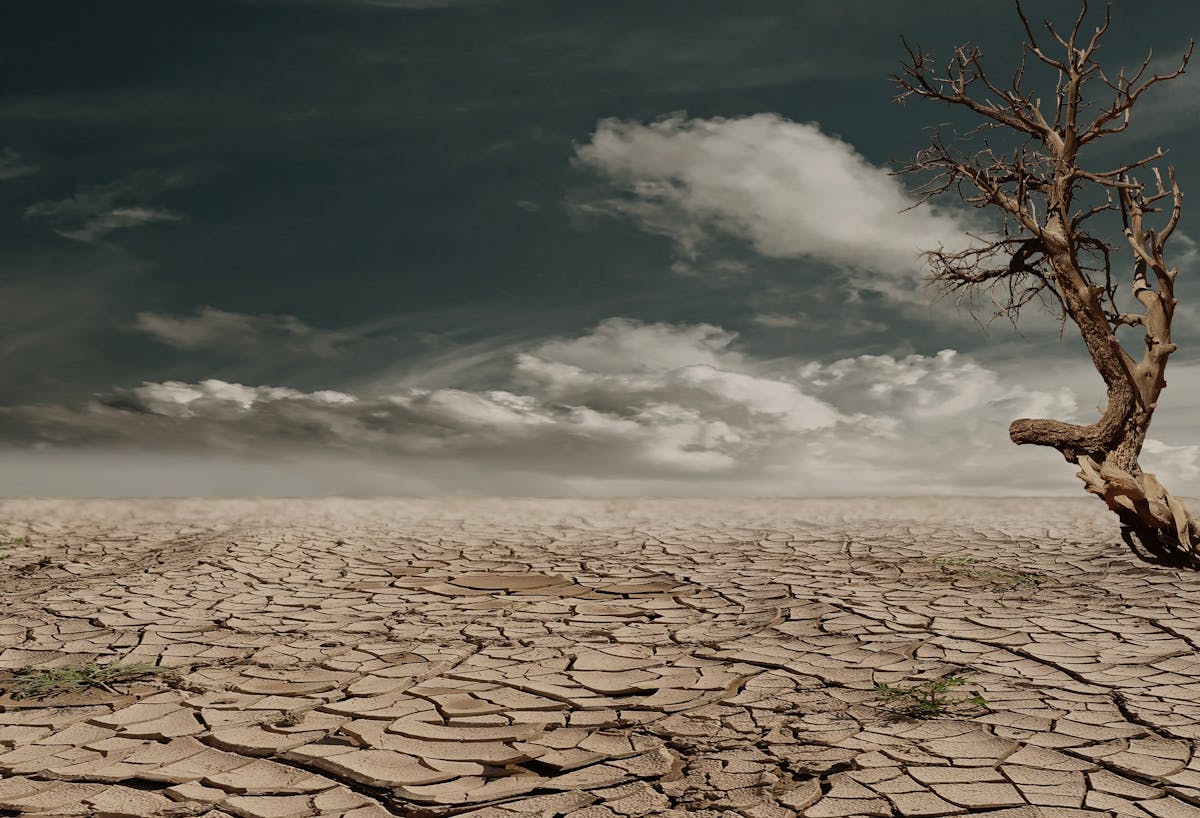Best DABCD
We focus on bringing you top-rated products that offer the best value for your money. We understand that affordability is crucial for many shoppers, so we analyze and compare prices across various platforms to ensure that you get the best deals available.
5. cghdfdfhdf
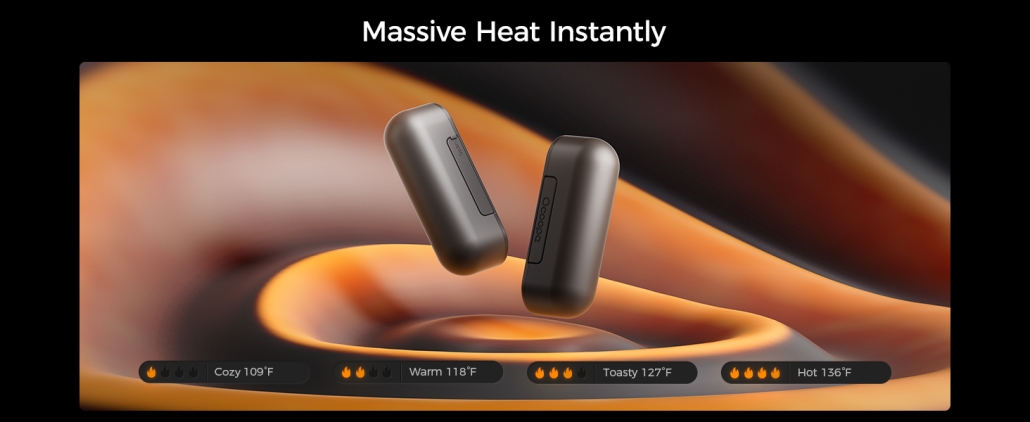
Kicking off our list is the Sttwunake Mini Audio Recorder. Compact and discreet, this recorder is perfect for anyone looking to capture audio without drawing attention. With a simple design, it can easily be mistaken for a USB flash drive, making it an excellent option for covert recording. The Sttwunake recorder boasts up to 120 hours of continuous recording, making it ideal for long meetings, lectures, or personal notes. Additionally, it supports voice activation, ensuring it only records when sound is detected, saving battery and storage space.
Key Features:
- 120 hours of continuous recording
- Voice-activated recording
- Compact and discreet design
4. Ssmmdz Mini Audio Recorder
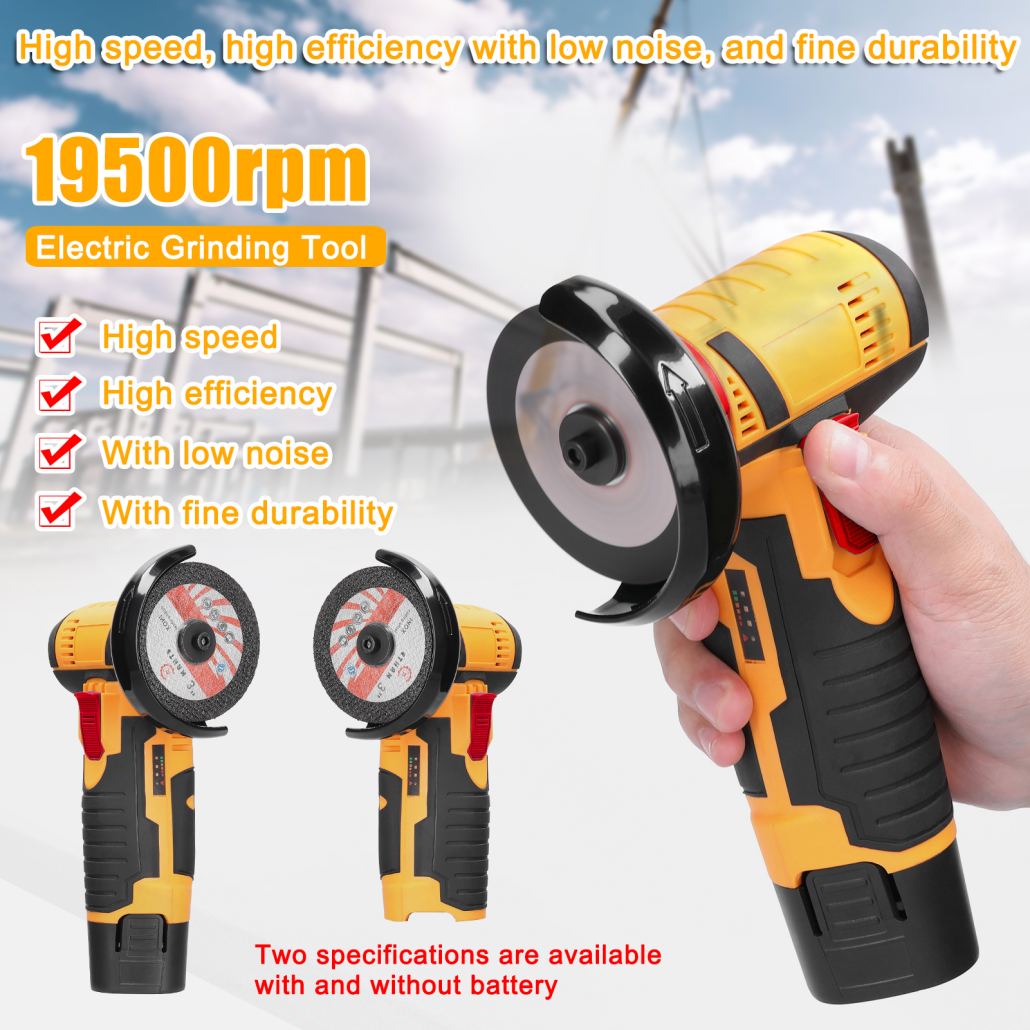
Next on the list is the Ssmmdz Mini Audio Recorder. With its sleek and portable design, this recorder is perfect for users on the go. The Ssmmdz model provides high-quality sound recording with noise reduction, ensuring that every word is captured clearly. Whether you’re using it for personal or professional purposes, the Ssmmdz recorder delivers reliable performance. It also features a one-click recording function, making it incredibly easy to operate, even for beginners.
Key Features:
- Noise reduction technology
- One-click recording
- Portable and sleek design

3. Shmci D100 Mini Audio Recorder
The Shmci D100 Mini Audio Recorder ranks third on our list due to its robust features and exceptional sound quality. This recorder is designed for users who prioritize both functionality and convenience. The Shmci D100 offers up to 60 hours of continuous recording, and its small size makes it easy to carry in your pocket or bag. The device supports both MP3 and WAV formats, giving users flexibility in playback options. Additionally, its intuitive interface allows for easy navigation and control.
Key Features:
- 60 hours of continuous recording
- Supports MP3 and WAV formats
- Compact and user-friendly design

2. Vandlion V39 Mini Audio Recorder
The Vandlion V39 Mini Audio Recorder takes the second spot on our list. This device is a powerhouse when it comes to audio recording, providing crystal-clear sound quality with advanced noise-canceling technology. It’s designed for professional use, ensuring that every detail of your meeting, lecture, or interview is captured flawlessly. The Vandlion V39 also boasts an impressive battery life, allowing for up to 500 hours of standby time. Its compact, stylish design makes it a perfect accessory for professionals and students alike.
Key Features:
- Advanced noise-canceling technology
- 500 hours of standby time
- Stylish and compact design

1. Shmci D50 Mini Audio Recorder
Finally, the Shmci D50 Mini Audio Recorder earns the top spot on our list. This device combines top-notch performance with sleek aesthetics, making it the best choice for anyone needing a reliable audio recording solution. The Shmci D50 offers up to 200 hours of continuous recording time and supports both voice-activated and scheduled recordings. The device’s design is both modern and functional, ensuring ease of use while maintaining a professional look. Its high-quality microphone captures even the faintest sounds with clarity, making it perfect for various recording scenarios.
Key Features:
- 200 hours of continuous recording
- Voice-activated and scheduled recording
- High-quality microphone for crystal-clear sound

Conclusion
In conclusion, these top 5 mini audio recorders provide a range of features to meet various recording needs. Whether you need a device for professional use, covert recording, or personal note-taking, there’s an option here for you. The Shmci D50 stands out as the best overall, offering exceptional recording time, versatility, and sound quality. However, all the devices on this list are reliable choices depending on your specific needs.
Best Digital Voice Recorder । Reliable Devices for Every Need
Whether you’re a student recording lectures, a professional needing meeting minutes, or someone simply capturing personal notes, a reliable mini audio recorder can make your life easier. We’ve compiled a list of the top 5 mini audio recorders available on the market today, with each offering unique features and advantages. Let’s dive into the details!
5. Sttwunake Mini Audio Recorder
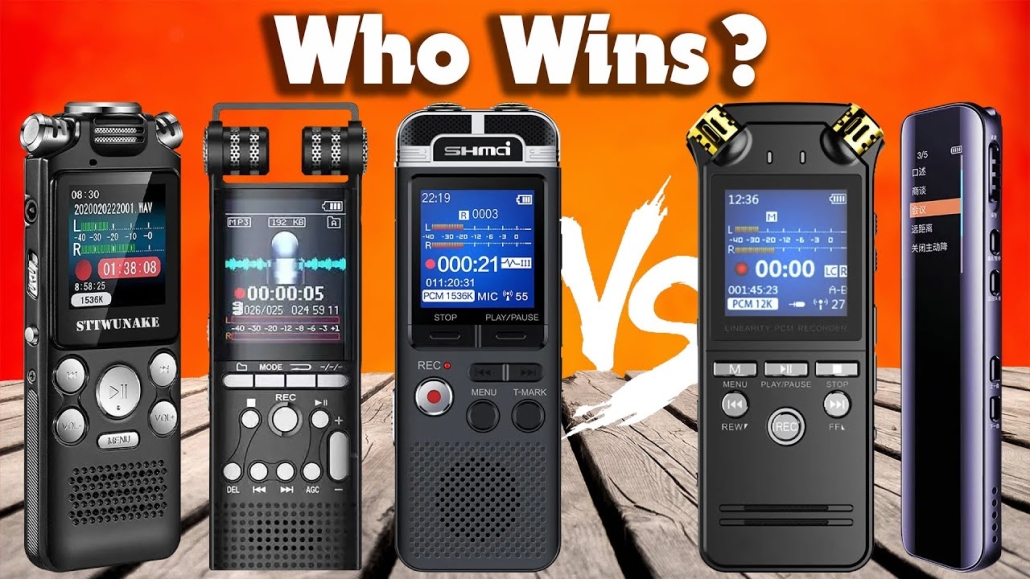
Kicking off our list is the Sttwunake Mini Audio Recorder. Compact and discreet, this recorder is perfect for anyone looking to capture audio without drawing attention. With a simple design, it can easily be mistaken for a USB flash drive, making it an excellent option for covert recording. The Sttwunake recorder boasts up to 120 hours of continuous recording, making it ideal for long meetings, lectures, or personal notes. Additionally, it supports voice activation, ensuring it only records when sound is detected, saving battery and storage space.
Key Features:
- 120 hours of continuous recording
- Voice-activated recording
- Compact and discreet design
4. Ssmmdz Mini Audio Recorder
Next on the list is the Ssmmdz Mini Audio Recorder. With its sleek and portable design, this recorder is perfect for users on the go. The Ssmmdz model provides high-quality sound recording with noise reduction, ensuring that every word is captured clearly. Whether you’re using it for personal or professional purposes, the Ssmmdz recorder delivers reliable performance. It also features a one-click recording function, making it incredibly easy to operate, even for beginners.
Key Features:
- Noise reduction technology
- One-click recording
- Portable and sleek design

3. Shmci D100 Mini Audio Recorder
The Shmci D100 Mini Audio Recorder ranks third on our list due to its robust features and exceptional sound quality. This recorder is designed for users who prioritize both functionality and convenience. The Shmci D100 offers up to 60 hours of continuous recording, and its small size makes it easy to carry in your pocket or bag. The device supports both MP3 and WAV formats, giving users flexibility in playback options. Additionally, its intuitive interface allows for easy navigation and control.
Key Features:
- 60 hours of continuous recording
- Supports MP3 and WAV formats
- Compact and user-friendly design

2. Vandlion V39 Mini Audio Recorder
The Vandlion V39 Mini Audio Recorder takes the second spot on our list. This device is a powerhouse when it comes to audio recording, providing crystal-clear sound quality with advanced noise-canceling technology. It’s designed for professional use, ensuring that every detail of your meeting, lecture, or interview is captured flawlessly. The Vandlion V39 also boasts an impressive battery life, allowing for up to 500 hours of standby time. Its compact, stylish design makes it a perfect accessory for professionals and students alike.
Key Features:
- Advanced noise-canceling technology
- 500 hours of standby time
- Stylish and compact design

1. Shmci D50 Mini Audio Recorder
Finally, the Shmci D50 Mini Audio Recorder earns the top spot on our list. This device combines top-notch performance with sleek aesthetics, making it the best choice for anyone needing a reliable audio recording solution. The Shmci D50 offers up to 200 hours of continuous recording time and supports both voice-activated and scheduled recordings. The device’s design is both modern and functional, ensuring ease of use while maintaining a professional look. Its high-quality microphone captures even the faintest sounds with clarity, making it perfect for various recording scenarios.
Key Features:
- 200 hours of continuous recording
- Voice-activated and scheduled recording
- High-quality microphone for crystal-clear sound

Conclusion
In conclusion, these top 5 mini audio recorders provide a range of features to meet various recording needs. Whether you need a device for professional use, covert recording, or personal note-taking, there’s an option here for you. The Shmci D50 stands out as the best overall, offering exceptional recording time, versatility, and sound quality. However, all the devices on this list are reliable choices depending on your specific needs.
How Technology is Addressing Climate Change
Technology plays a pivotal role in addressing climate change by providing innovative solutions to reduce greenhouse gas emissions, promote sustainable practices, and adapt to environmental challenges. From renewable energy technologies to smart agriculture and data analytics, advancements in technology are driving efforts to mitigate and combat the impacts of climate change. In this blog post, we will explore how various technologies are contributing to climate action and fostering a more sustainable future.
Renewable Energy Technologies
1. Solar Power
Solar photovoltaic (PV) technology harnesses sunlight to generate electricity cleanly and efficiently. Advances in solar panel efficiency, cost reduction, and scalability have made solar power a viable alternative to fossil fuels. Solar farms and rooftop solar installations contribute to decarbonizing the energy sector and reducing reliance on carbon-intensive sources.
2. Wind Energy
Wind turbines convert wind energy into electricity, offering a renewable and emissions-free power generation option. Offshore wind farms, in particular, capitalize on strong ocean winds to produce significant amounts of clean energy. Technological advancements in turbine design and efficiency continue to drive growth in the wind energy sector globally.
3. Energy Storage
Energy storage technologies, such as batteries and pumped hydro storage, play a crucial role in integrating intermittent renewable energy sources into the grid. Battery storage systems enable efficient energy management, grid stability, and renewable energy dispatchability, enhancing the reliability and resilience of renewable energy deployments.
Sustainable Transportation
1. Electric Vehicles (EVs)
Electric vehicles powered by batteries or hydrogen fuel cells offer a cleaner alternative to conventional gasoline and diesel vehicles. EV technology reduces tailpipe emissions, improves air quality, and decreases reliance on fossil fuels in the transportation sector. Advances in battery technology, charging infrastructure, and vehicle efficiency are accelerating the adoption of electric mobility worldwide.
2. Smart Mobility Solutions
Smart transportation systems leverage technology, such as real-time data analytics, IoT sensors, and AI algorithms, to optimize traffic flow, reduce congestion, and minimize emissions. Intelligent transportation management enhances efficiency, promotes multimodal connectivity, and encourages sustainable transportation choices, including public transit and shared mobility services.
Sustainable Agriculture and Land Use
1. Precision Farming
Precision agriculture utilizes IoT sensors, drones, and satellite imagery to monitor soil health, crop growth, and environmental conditions with precision. By optimizing irrigation, fertilizer use, and pesticide application, farmers can enhance crop yields while minimizing resource inputs and environmental impact. Smart farming technologies promote sustainable agricultural practices and resilience to climate variability.
2. Carbon Farming and Land Restoration
Technologies for carbon farming, such as agroforestry, regenerative agriculture, and afforestation, sequester carbon dioxide from the atmosphere and enhance soil carbon storage. Restoring degraded lands and implementing sustainable land management practices contribute to climate mitigation, biodiversity conservation, and ecosystem resilience.
Climate Monitoring and Resilience
1. Remote Sensing and Earth Observation
Satellite-based remote sensing and Earth observation technologies provide critical data on climate patterns, deforestation, sea-level rise, and environmental changes. Monitoring systems enable early warning of natural disasters, such as hurricanes and wildfires, and support climate resilience planning and disaster response efforts globally.
2. Climate Modeling and Data Analytics
Advanced climate models and data analytics tools simulate climate scenarios, project future climate trends, and assess the impacts of climate change on ecosystems and communities. Data-driven insights inform policy decisions, adaptation strategies, and mitigation measures to mitigate risks and build climate resilience at local, regional, and global scales.
Green Technologies and Circular Economy
1. Circular Economy Practices
Circular economy principles promote resource efficiency, waste reduction, and sustainable consumption patterns. Technologies for recycling, upcycling, and waste-to-energy conversion support closed-loop systems, minimize environmental footprint, and conserve natural resources in production and consumption processes.
2. Green Building and Sustainable Design
Green building technologies, such as energy-efficient HVAC systems, passive solar design, and green roofs, enhance building performance and reduce energy consumption and carbon emissions in the construction sector. Sustainable architecture and eco-friendly building materials promote energy efficiency, indoor air quality, and occupant comfort in residential and commercial buildings.
Conclusion
Technology is a powerful enabler of climate action, offering innovative solutions to mitigate greenhouse gas emissions, promote sustainable practices, and build climate resilience. From renewable energy technologies and electric mobility to smart agriculture, climate monitoring, and circular economy practices, advancements in technology are driving transformative change towards a more sustainable future. Embracing technological innovations, fostering collaboration across sectors, and scaling up climate solutions are essential to achieving global climate goals and safeguarding the planet for future generations. By harnessing the potential of technology, we can address climate change challenges effectively and create a resilient and sustainable world.

